How AI will be used to predict the future
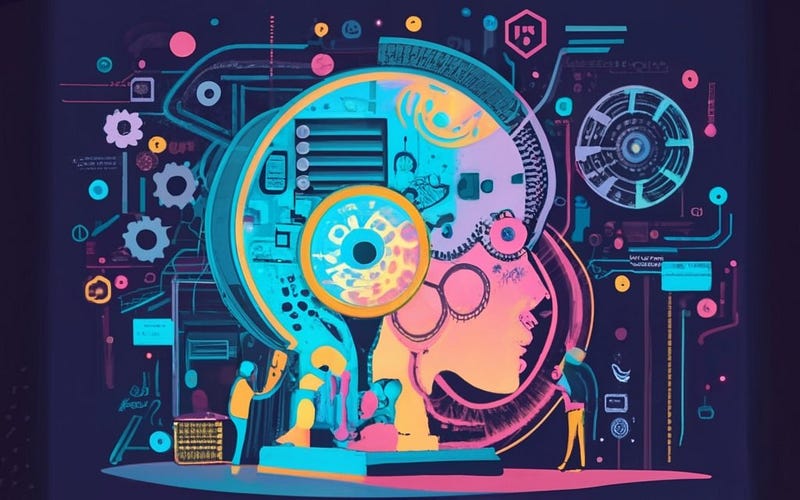
The landscape of artificial intelligence is evolving at a breakneck pace, and with it, our ability to predict the future has never been more acute.
It’s not just about gazing into a crystal ball, it’s about the concrete strides AI is making in forecasting upcoming trends and developments across various fields.
Let’s dive into the recent groundbreaking advancements that are redefining the predictive power of AI.
AI as a Guiding Light for Researchers
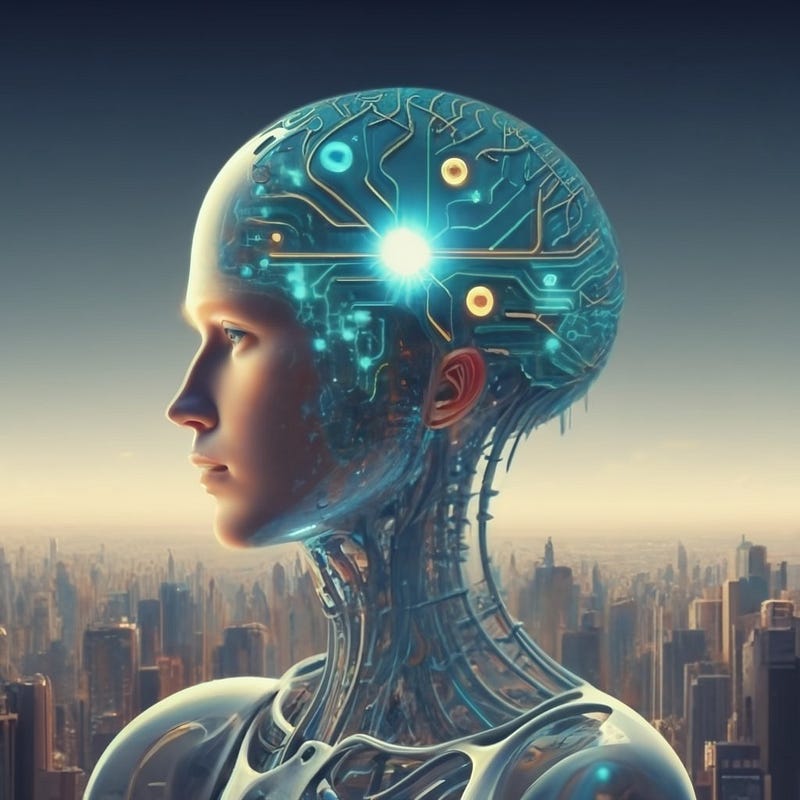
At the Max-Planck Institute for the Science of Light, an international team spearheaded by Mario Krenn has developed an AI algorithm with the extraordinary ability to systematize current scientific knowledge and point researchers toward future discoveries.
Imagine a world where AI acts as a seasoned guide, illuminating the path of scientific inquiry and opening doors to yet unexplored territories.
This innovation signifies a leap toward AI that not only understands but also anticipates the trajectory of scientific evolution.
Simplifying Complex Predictions
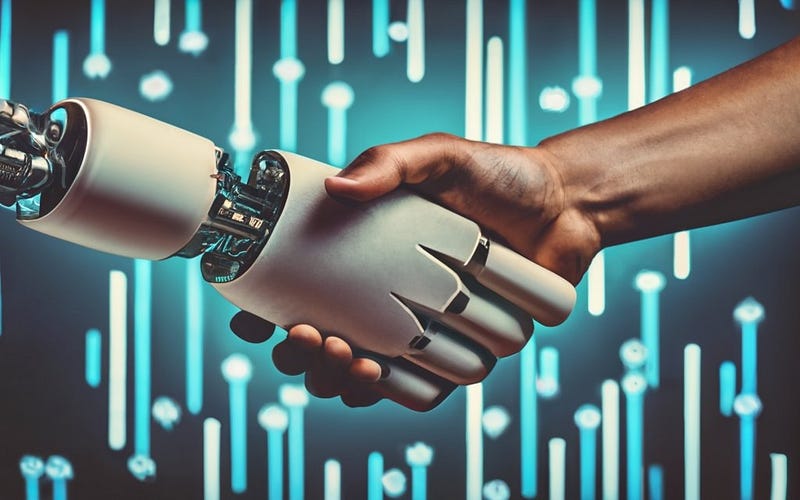
MIT has brought forth a tool that is a game-changer for making predictions across various domains.
By transforming complex time-series data into tensors — essentially multi-dimensional numerical arrays — this tool allows for precise predictions with just a few keystrokes.
The implications of such a tool are profound, offering crystal-clear insights for financial analysts, meteorologists, and policymakers alike, revolutionizing how we approach data-driven forecasting.
Unraveling the AI Knowledge Network
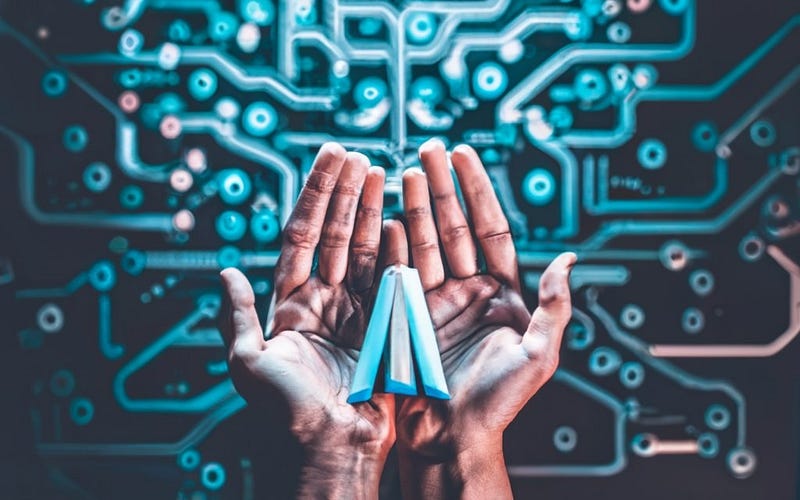
On another front, AI’s capability to predict its own future is becoming a reality.
High-quality link prediction algorithms are charting the course of AI’s development by analyzing the rapidly expanding web of AI-related knowledge.
By understanding how different areas of AI might intersect and grow, we’re laying the groundwork for a meta-understanding of AI’s potential, shaping the very future of the field itself.
The Generative AI Explosion
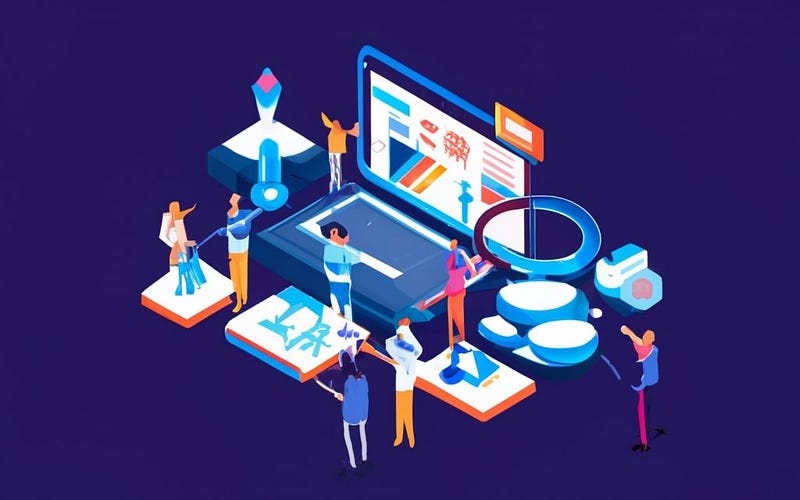
The McKinsey Global Survey’s latest findings underscore a pivotal moment in AI’s history — the explosive growth of generative AI.
With a third of surveyed organizations employing these tools in at least one business function, generative AI has transitioned from a niche technological marvel to a cornerstone of modern business practice.
This widespread adoption heralds a future where AI’s generative capabilities become an integral part of our creative and analytical endeavors.
As we stand at the confluence of AI’s predictive prowess, the future looks both exciting and enigmatic.
We’re not just spectators but active participants in this era of predictive transformation, where AI’s foresight could redefine the boundaries of what’s possible.
The rapid adoption and integration of AI across industries suggest that we’re edging closer to a future where AI’s predictive acumen is interwoven with the very fabric of societal progression.
In conclusion, the future is not set in stone, but with AI, we’re closer than ever to deciphering the runes of tomorrow.
The advancements we’re witnessing today are not mere incremental steps; they’re giant leaps towards an era where AI empowers us to foresee and shape the future with unparalleled precision.
For more insights into how AI continues to redefine our horizons, follow me and stay tuned for more stories that explore the intersection of technology and possibility.
